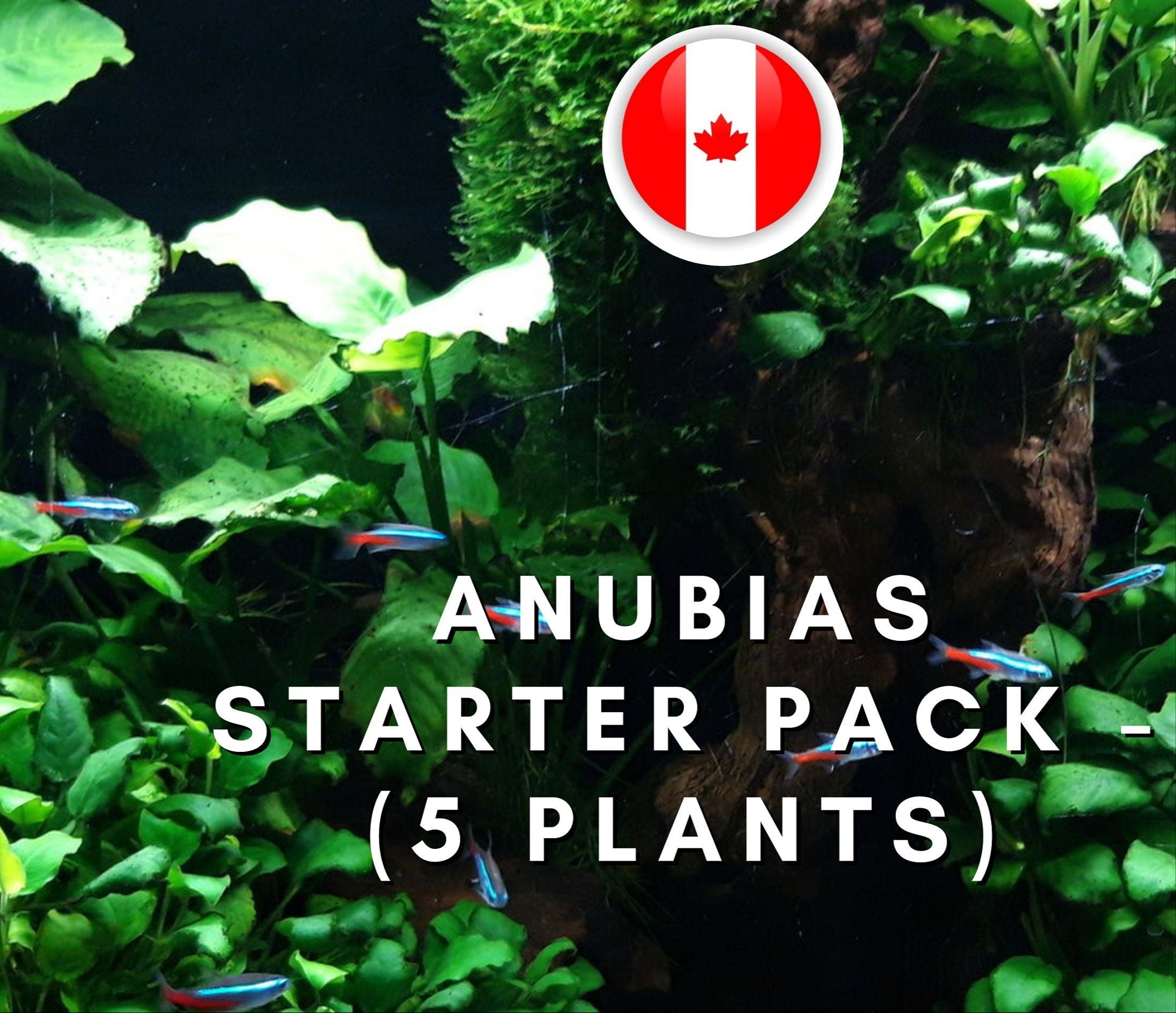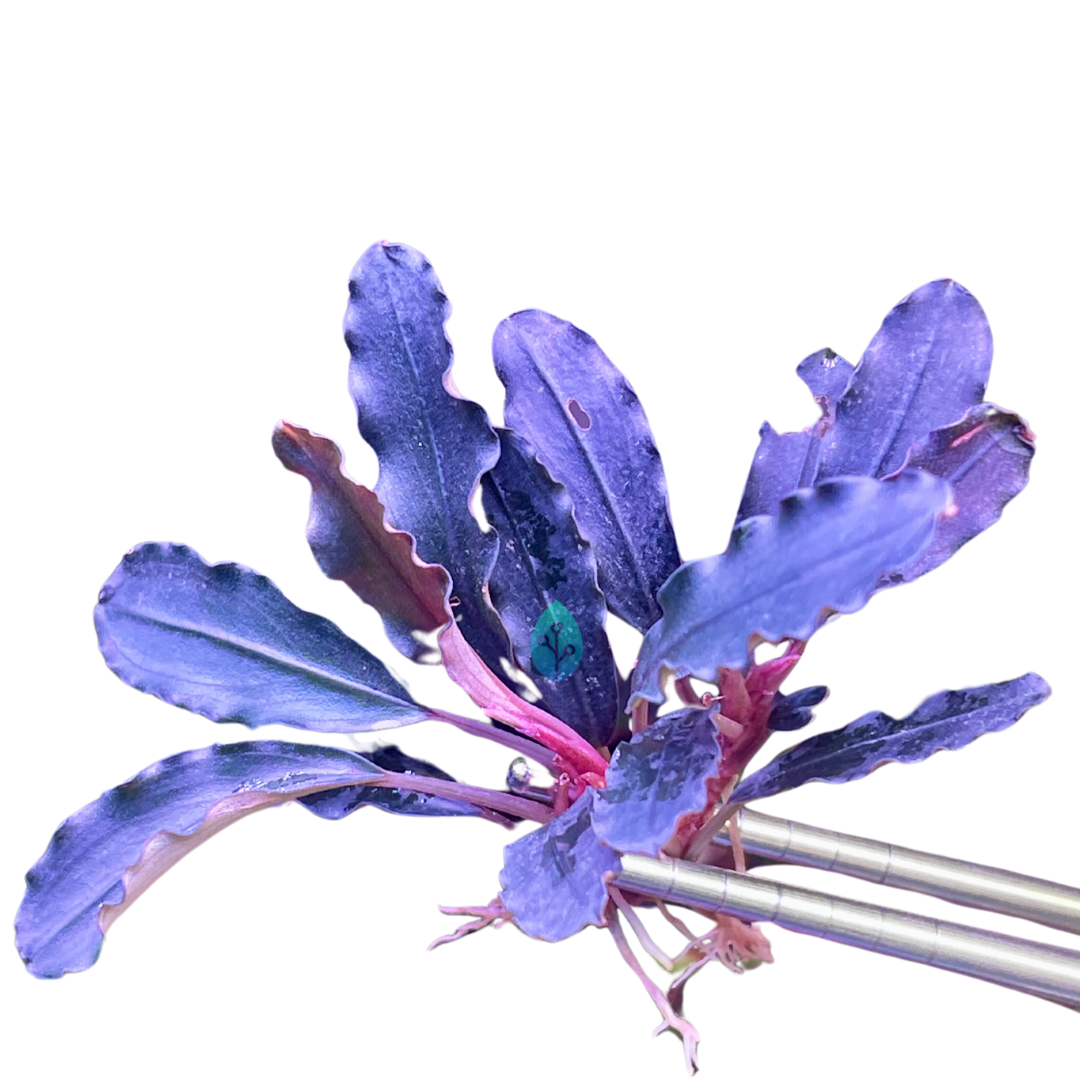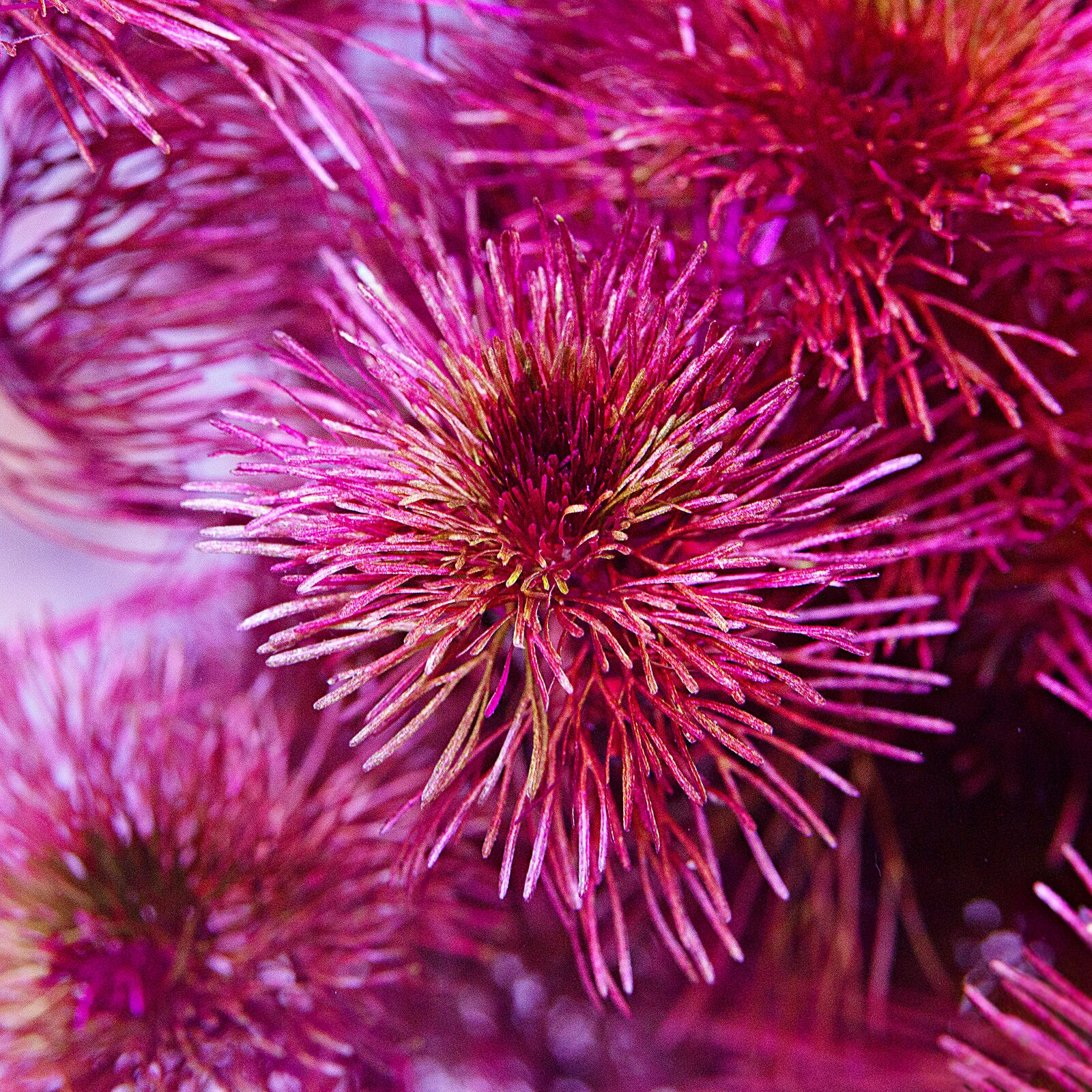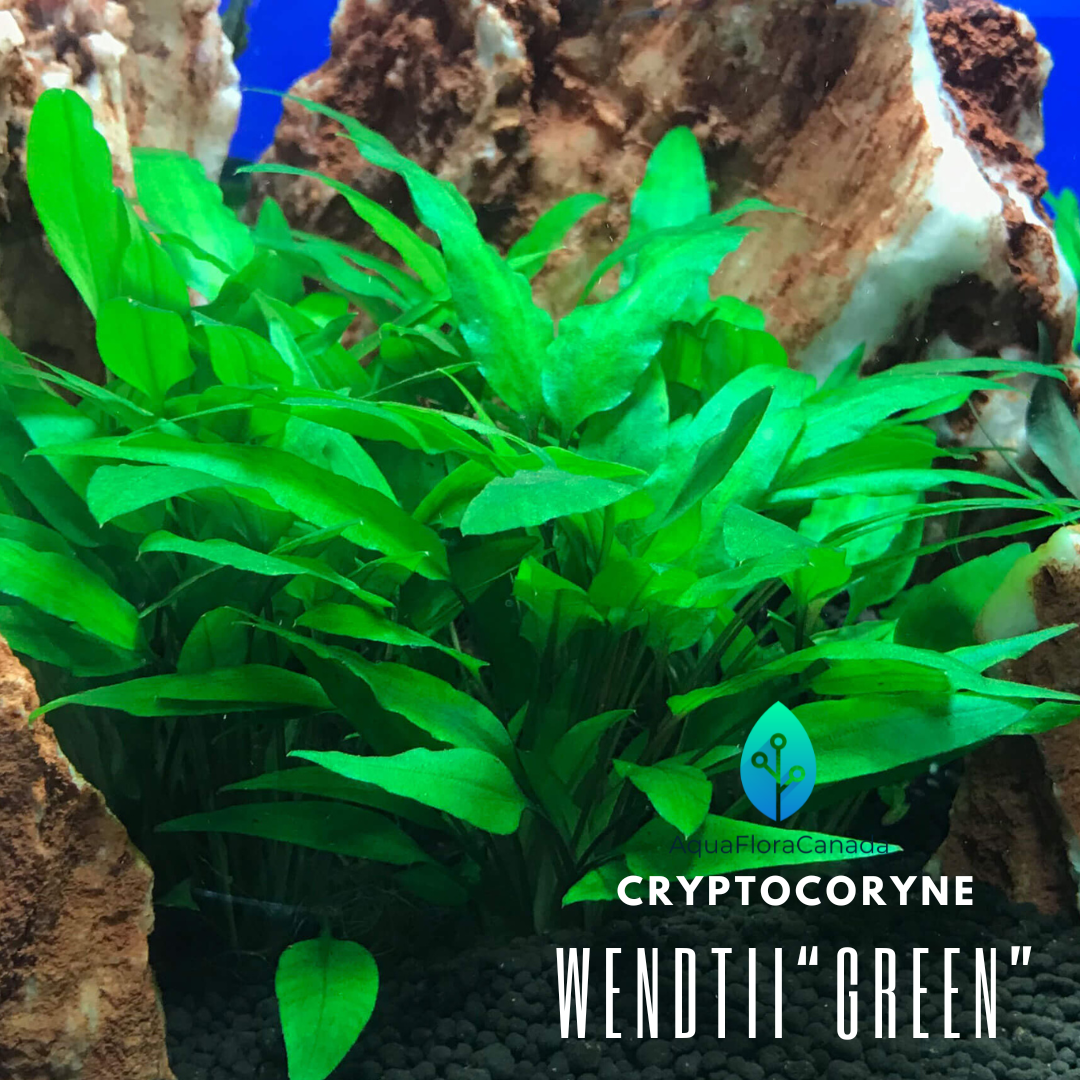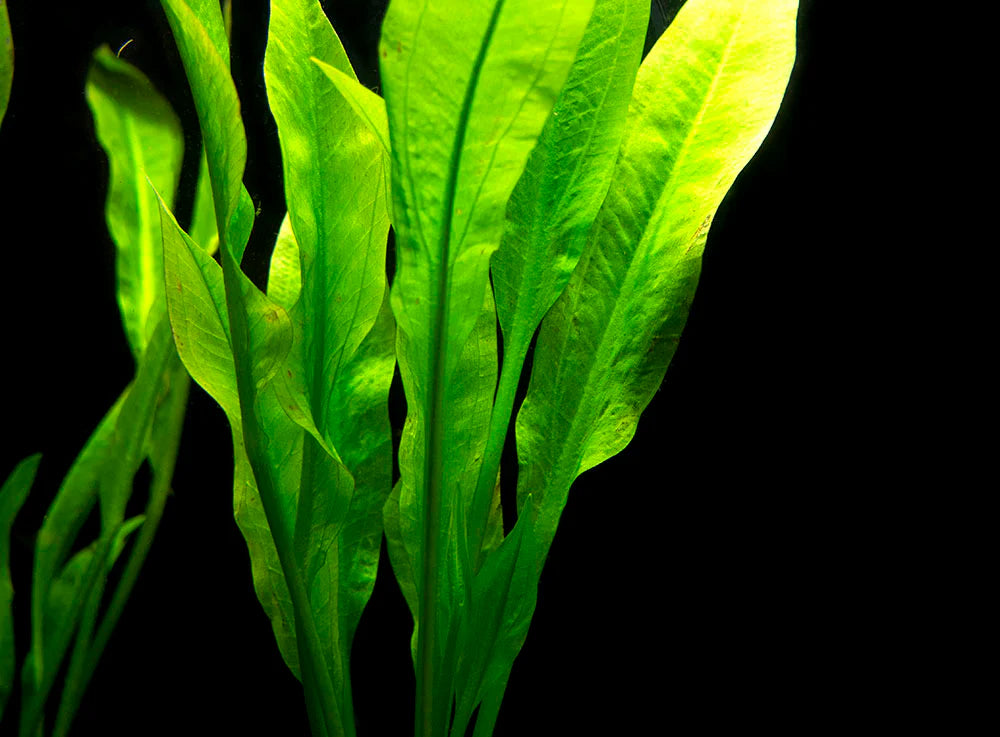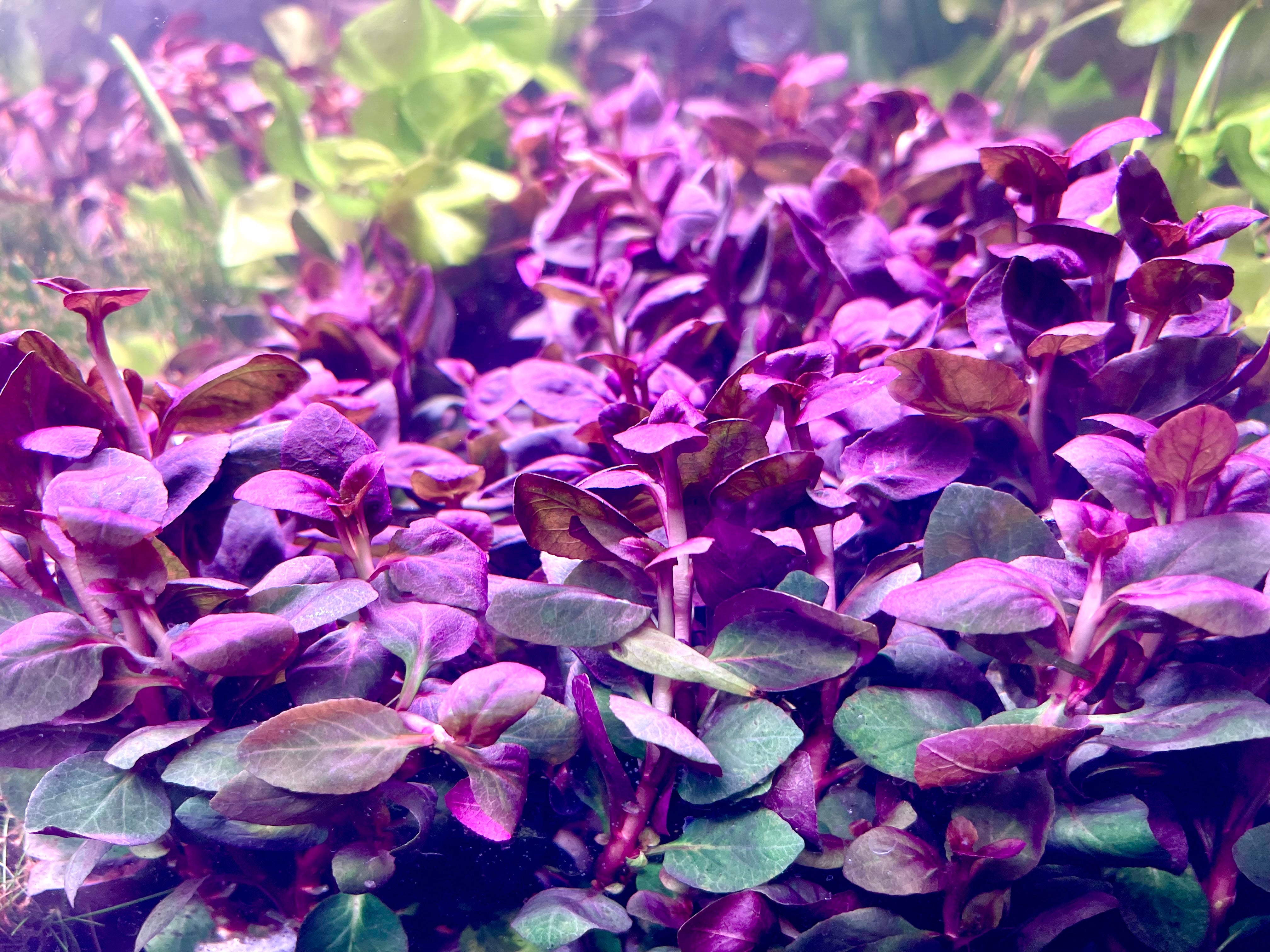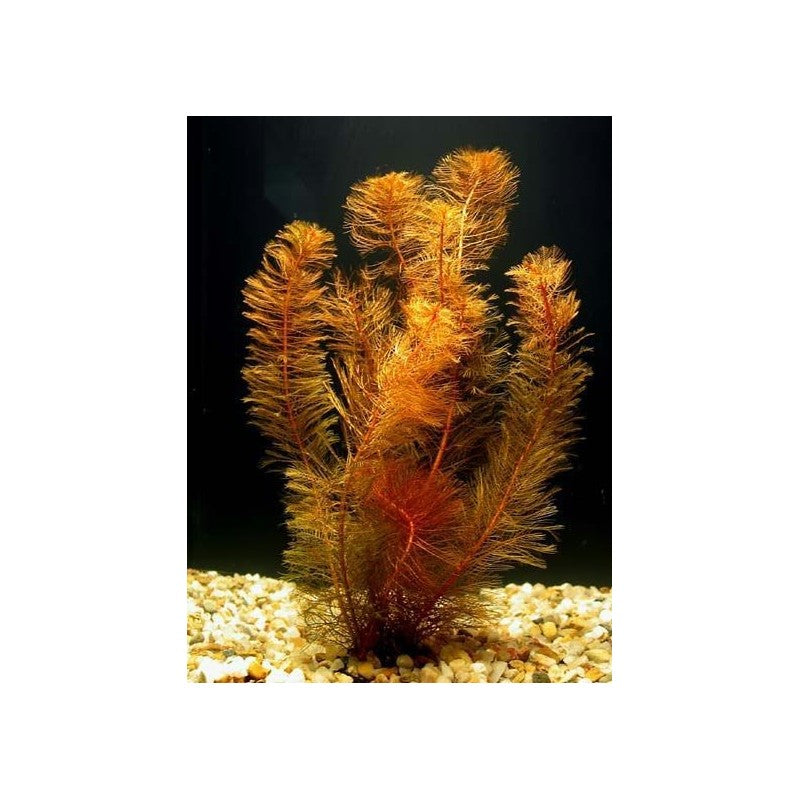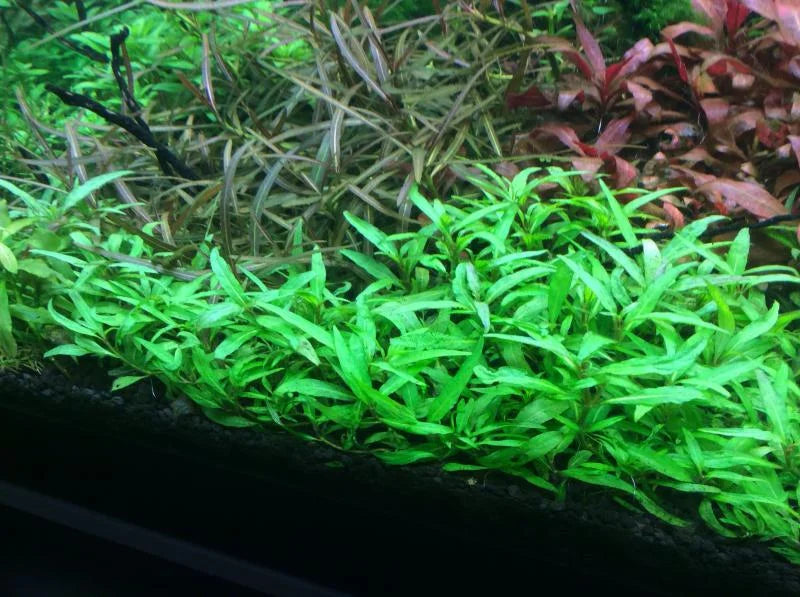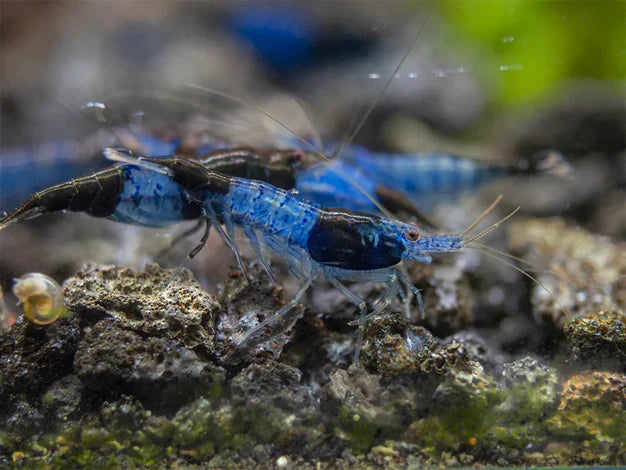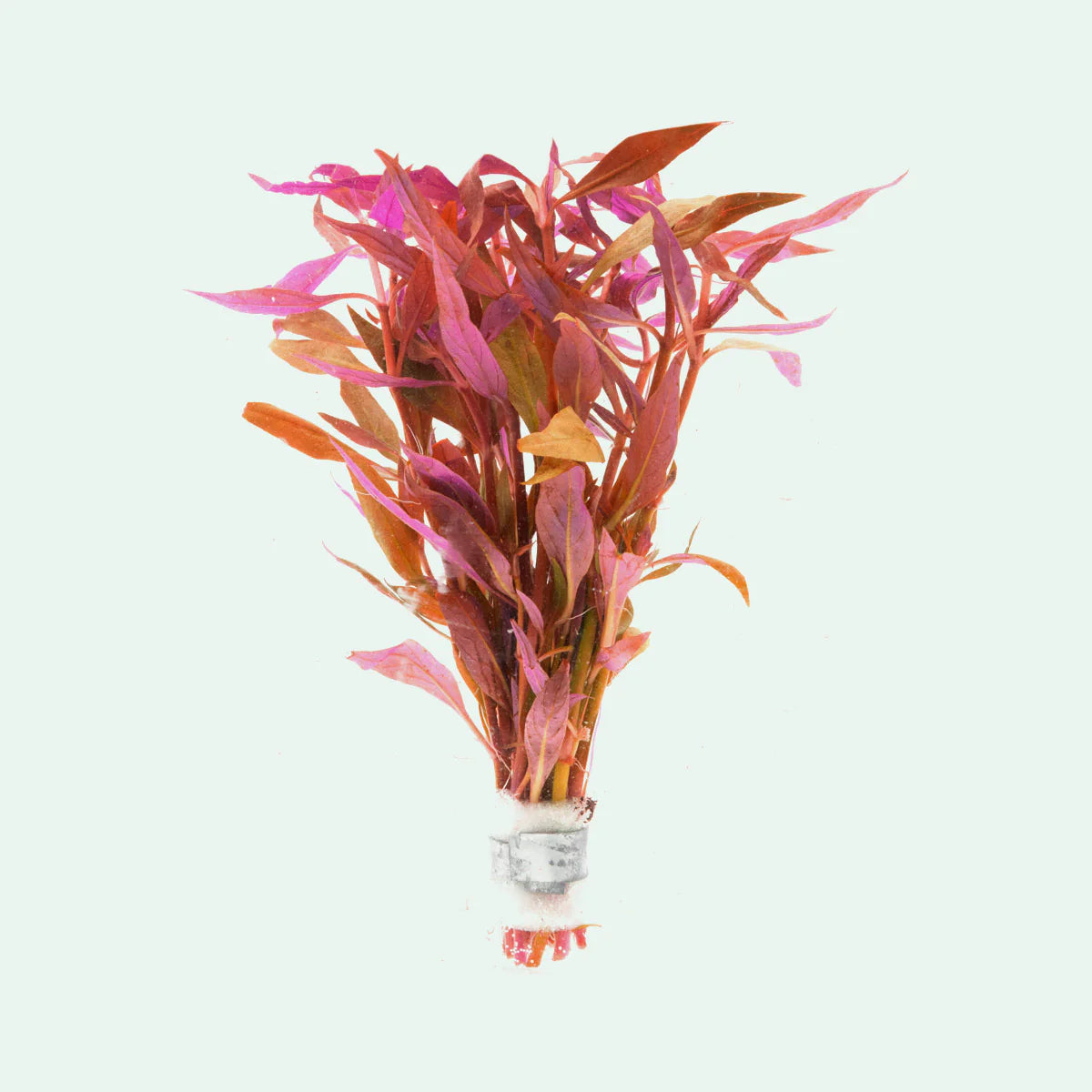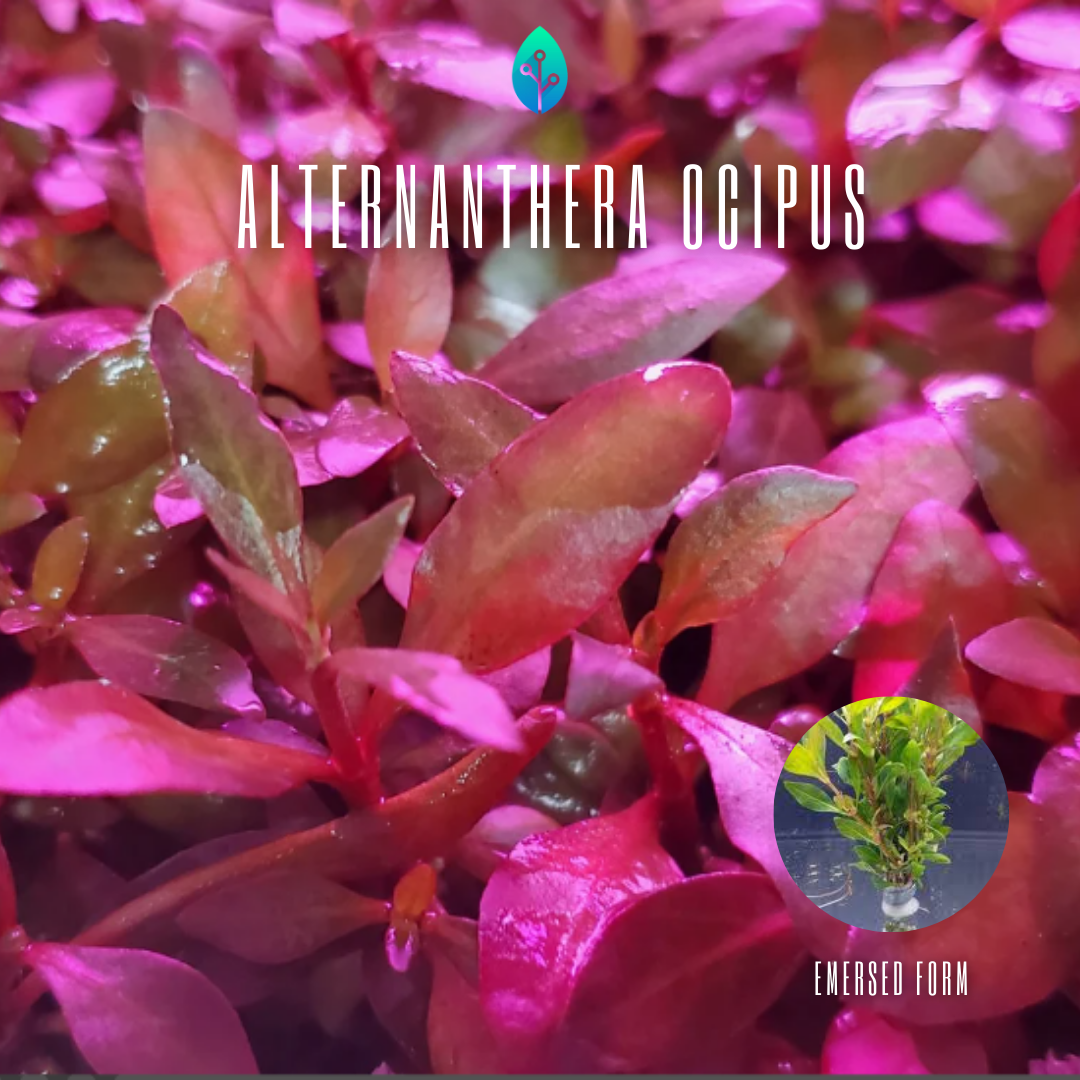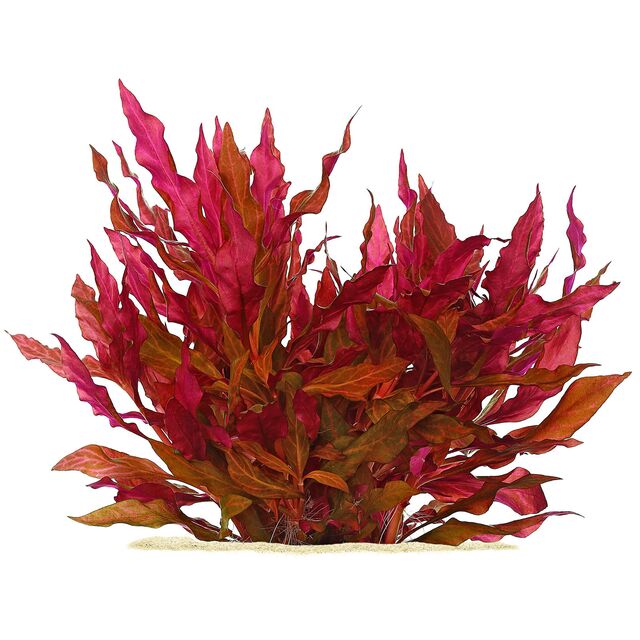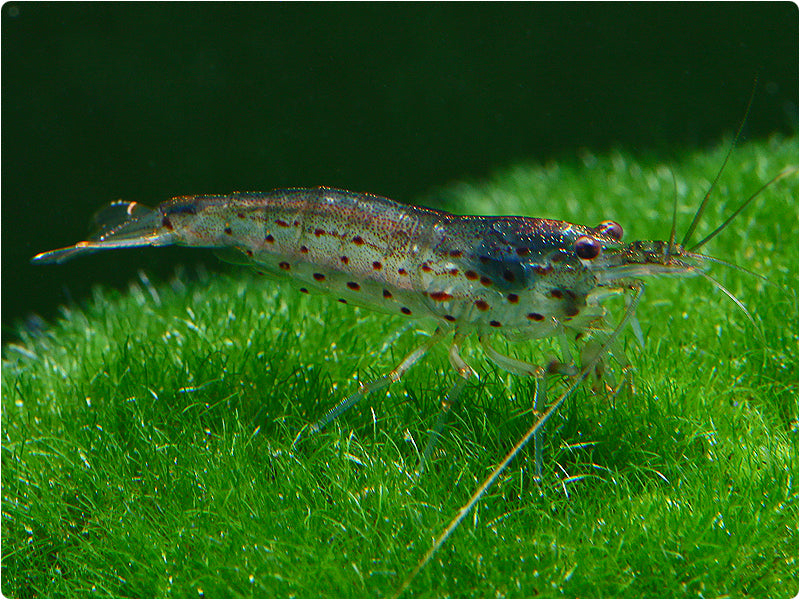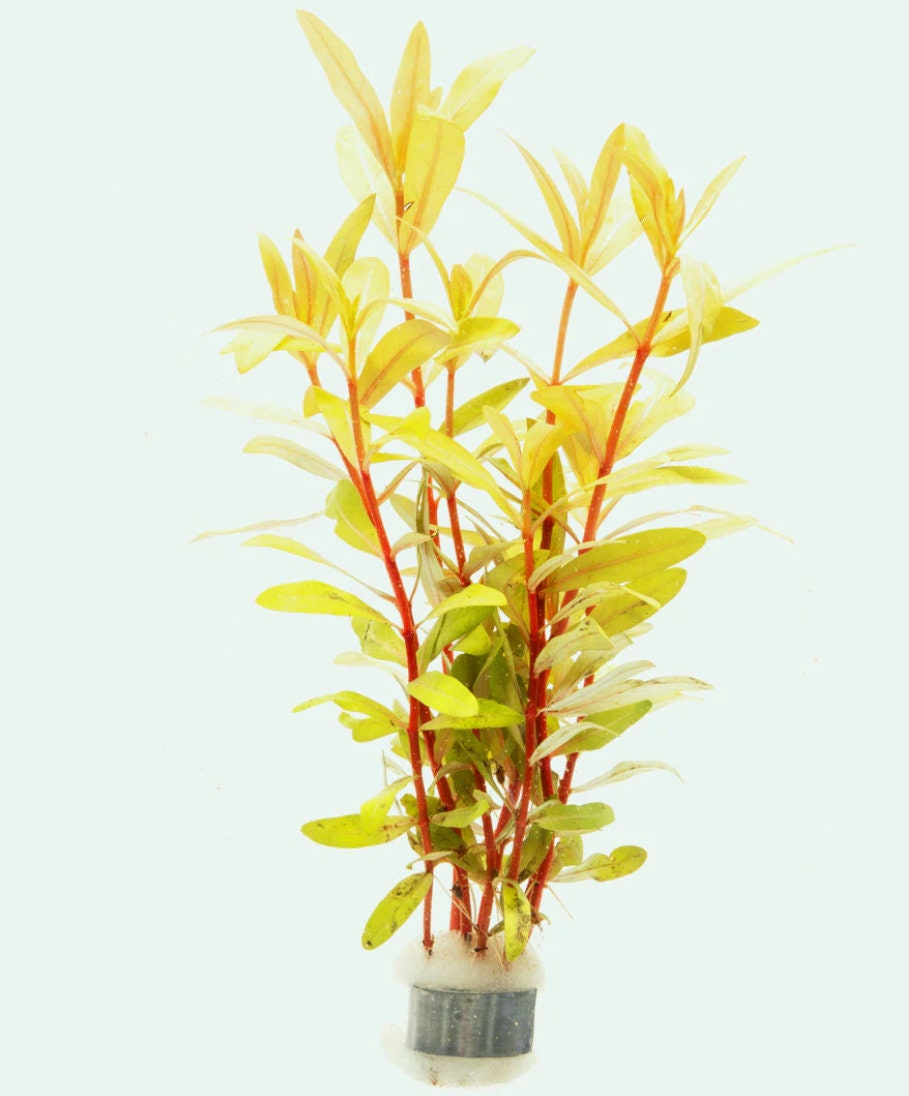Carbon Rili Shrimp is a unique color morph of Neocaridina davidi, a popular freshwater shrimp species in the aquarium hobby. Known for their striking black and translucent coloration, Carbon Rili shrimp add a dramatic look to any tank setup. These shrimp are relatively hardy and easy to care for, making them a great choice for beginners and experienced aquarists alike.
Key Characteristics
- Appearance: Carbon Rili Shrimp are characterized by deep black or dark blue patches on their head and tail, with a clear or translucent midsection. This rili pattern creates a unique "carbon" effect, showing off both intense color and transparency. Variations in color saturation can occur, with some individuals displaying shades of blue or gray.
- Size: They reach around 2-3 cm (0.8-1.2 inches) in length when fully grown.
- Temperament: These shrimp are peaceful and enjoy being in groups. They are compatible with other peaceful fish and invertebrates, making them suitable for community tanks.
- Diet: Like other Neocaridina shrimp, Carbon Rili shrimp are omnivorous scavengers, feeding on algae, biofilm, and leftover food. They benefit from a diet supplemented with algae wafers, blanched vegetables (like spinach and zucchini), and shrimp pellets.
Habitat Requirements
- Tank Setup: A planted tank with hiding spots and stable water parameters is ideal. Shrimp are sensitive to changes in water quality, so a mature, well-established aquarium with gentle filtration is best.
-
Water Parameters:
- pH: 6.5 - 7.5
- Temperature: 20-25°C (68-77°F)
- Hardness: Soft to moderately hard water (GH of 6-8)
- TDS: 150-250 ppm
Breeding
Carbon Rili shrimp are prolific breeders, especially under stable water conditions. They do not require specific water parameters to reproduce, and females will carry eggs (called a "saddle") for 20-30 days before releasing fully formed young. Offspring usually retain the distinct Carbon Rili pattern, with a mix of black and translucent patches.
Carbon Rili shrimp add a beautiful, contrasting look to aquariums, especially when placed against green plants or a dark substrate. Their peaceful nature, algae-eating habits, and unique patterning make them an excellent choice for any freshwater shrimp enthusiast.


